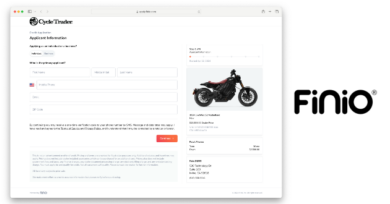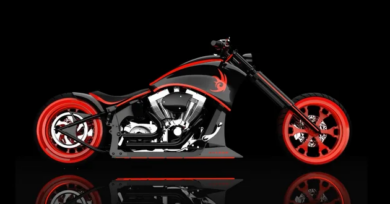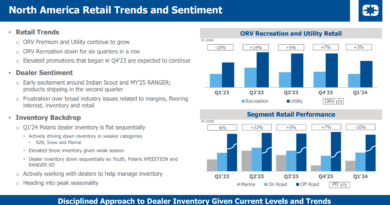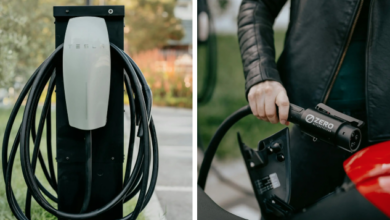Helmet brand makes big debut in survey – August 14, 2006
Along with the J.D. Power Motorcycle Competitive Information Study that we’ve already covered, the company also conducts an annual consumer helmet satisfaction study. The 2006 version is based upon responses from 5,476 purchasers of new 2005 model-year motorcycles who provided information about their most recent helmet purchase experience and helmet use.
In the eight years of the study, Arai has scored highest in consumer satisfaction each time. And that’s no different this year. Other brands that performed above the industry average this year include Shoei, Icon, Nolan, Harley-Davidson and KBC.
One of the real surprises of this year’s survey was Scorpion Sports of Lake Forest, Calif., which makes the Scorpion Exo brand of helmets. Scorpion finished second in customer satisfaction, tallying 813 points, just short of Arai’s 814. Not bad for a company that wasn’t even manufacturing helmets three years ago.
“We were not only one point behind the leader in the survey, we were also $20 under the industry average on price while offering both DOT- and Snell-approved helmets,” said Scorpion founder and Vice President Eric Anderson. “This proves our point about our advertising headline: ‘What’s the difference between a $600 helmet and a Scorpion Exo? About 400 bucks.’ ”
Scorpion helmets have three proprietary trademarked features: KwikWick, a moisture-wicking liner material, SpeedShift, a quick-change face-shield system, and EverClear, a permanently thermal-bonded anti-fog coating for the shields.
“For the future, you will see us begin to diversify into more specialty helmet shells,” Anderson said. “Currently we have two street, two dirt, a snowmobile and one youth helmet. A lot of market research across the nation has been conducted over the last few months concerning our new ideas for the market.”
The market, according to the J.D. Power survey, is leaning toward more less expensive helmets than in the past. The average price customers reported paying for a motorcycle helmet in 2005 is $187, down from a high of $203 in 2002. That could be a result of much of the helmet manufacturing being moved to Asia over the past decade.
Consumer shopping habits for helmets also have changed.
The survey finds that 29 percent of customers go online to shop for their helmet, up substantially from 20 percent in 2002.
What can the dealer do to sell helmets more effectively not only in the store, but on their Web site? “The first thing that comes to mind is the staff needs to be trained on the features, benefits and safety of helmets,” said Tory Hornsby, general manager of Dealership University.
“The entire department should focus on learning about one or two items every week, but no one knows these products better than the reps. Dealers should ask for training from their Scorpion, Helmet House, Sullivan reps, etc. It is especially important when a new employee is hired. They need someone to educate them … there’s so much engineering in helmets today.” psb




